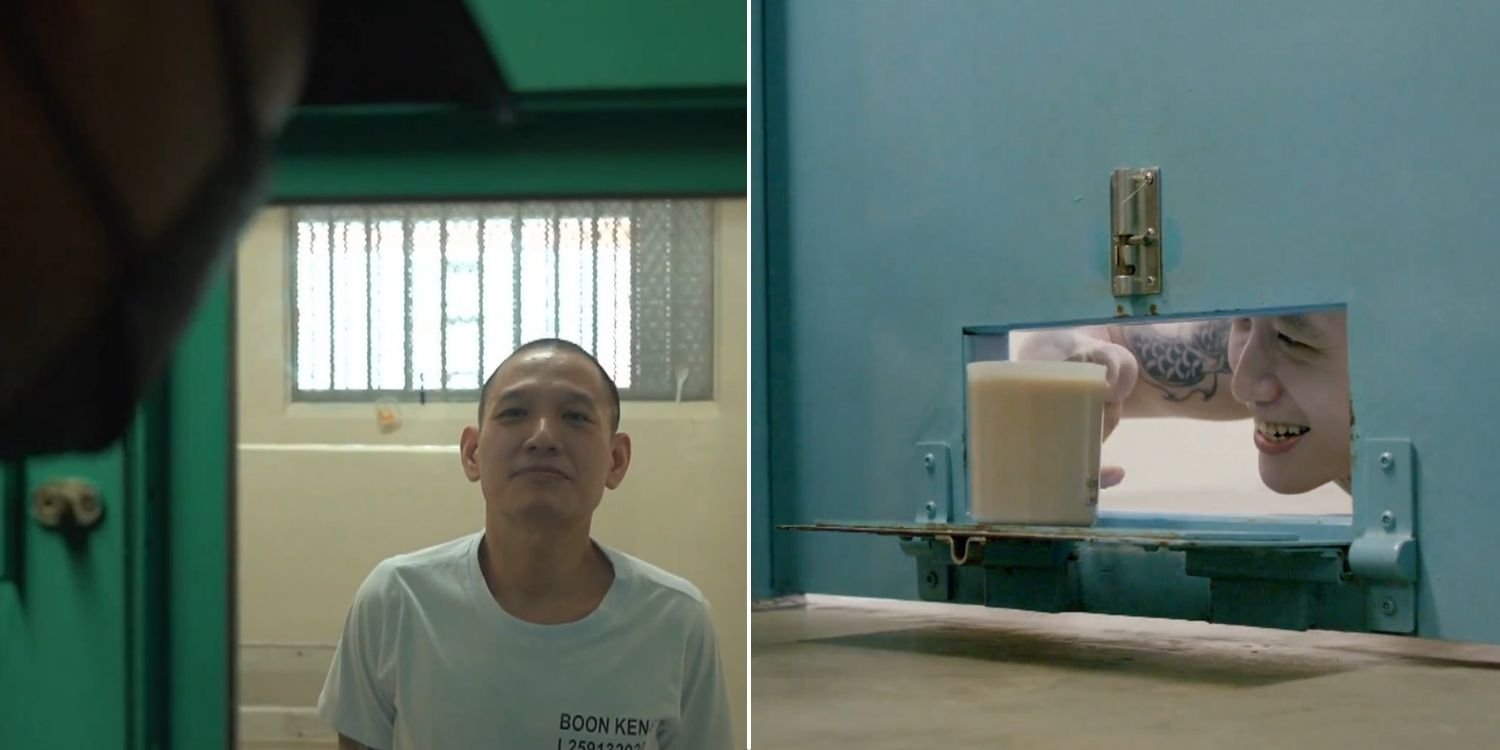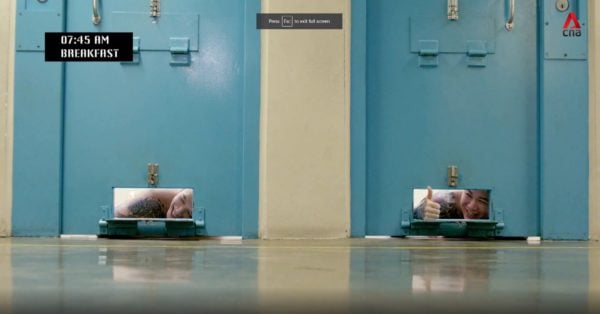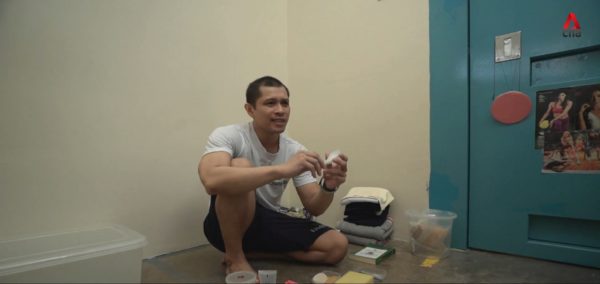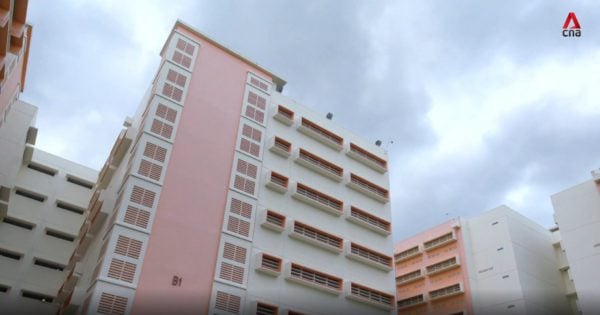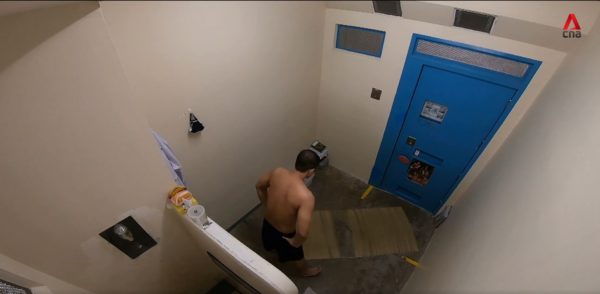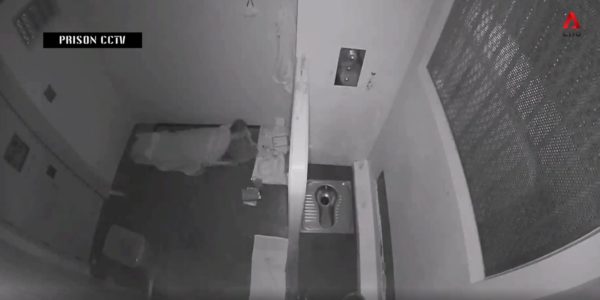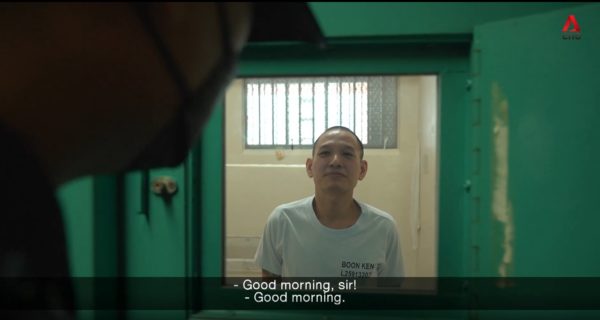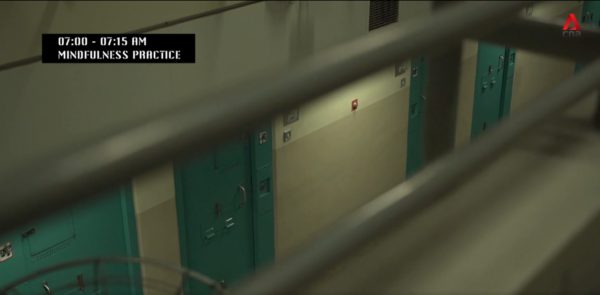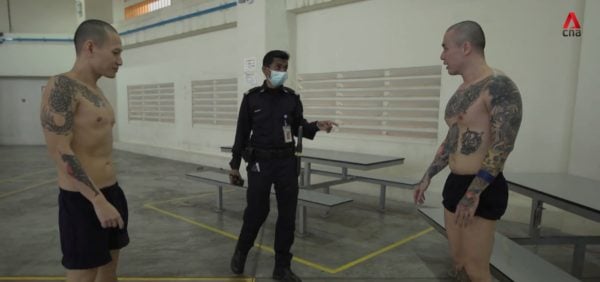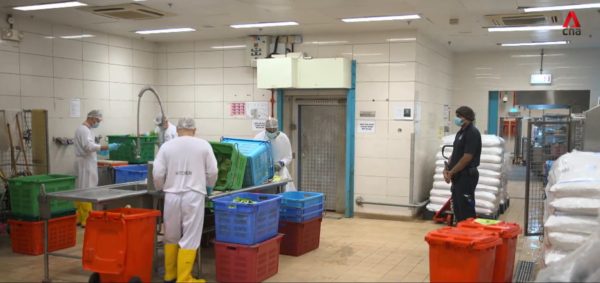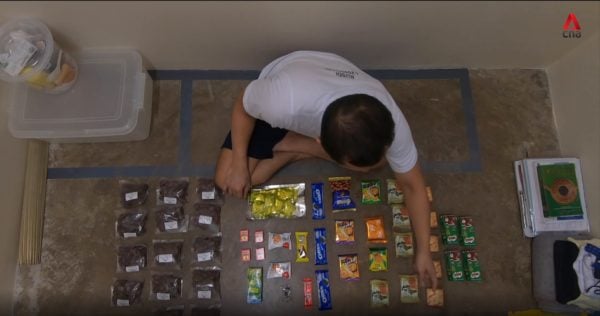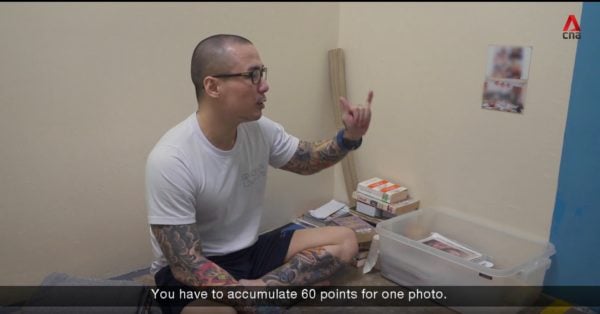See Life In Changi Prison Through The Eyes Of Inmates
Prison life is equal part terrifying and mysterious. While we all know to avoid landing ourselves in one, not much else is known about the regimented lives inside these cells.
Recently, Channel NewsAsia (CNA) released a documentary that aims to shed light on life in Changi Prison.
The documentary follows the lives of 5 different inmates, each incarcerated for different crimes, as they live their new lives in Changi Prison’s maximum-security institution.
Changi prison documentary follows the lives of inmates
The first episode introduces 4 inmates, the protagonists of the series, as we follow their lives in prison.
This eclectic mix consists of an ex-skateboarder, a former personal trainer, a nifty MacGyver-like character, and a secret society member.
At first glance, they may seem like nice chaps but behind the demeanour, lies former criminals who have been in prison on at least 4 occasions.
Crimes like drug consumption, carrying weapons, and voluntarily causing hurt were just some of the charges they faced.
They also shared a glimpse of what life was like prior to their latest incarceration, as we hear their inner thoughts and feelings of regret.
Single-man cells in Changi Prison complex
The home of these criminals is the B1 facility at Changi Prison Complex, a maximum-security institution.
Each inmate stays in a single-man cell, bare of any niceties.
The rectangular cell is separated into 2 sections — one for general use and the other, a toilet.
To get by, inmates would receive a box of essential items including toothpaste, blankets, mugs, and various hygiene products.
Although there is nothing much to see, CCTV cameras monitor the cells throughout the day.
Morning routines of inmates are strict
To keep inmates in line at all times, the prison conducts strict, routine checks on a daily basis.
Lights turn on at 6am, signalling the start of their day. They will then shower and prepare for a muster check.

A muster check is where the inmate will stand by the viewing panel of the cell and greet the officers in the morning. Officers will inspect their attire and conduct.
After this, a relaxing music track plays through the prison’s sound system, for a mindfulness session that lasts 15 minutes. The prison apparently practises this routine as a form of calming session.
Lunch commences at 11.30am, with food in 6 different variations:
- Normal
- No meat
- Soft diet
- Off chilli
- Low-purine
- Low sugar
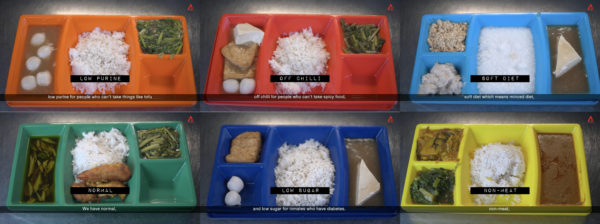
The different meals cater to a wide range of dietary requirements.
Inmates get to exercise during yard time
On Tuesdays and Thursdays, inmates get yard time in the afternoon. During this period, they get to leave their cells to play sports and exercise with other inmates.
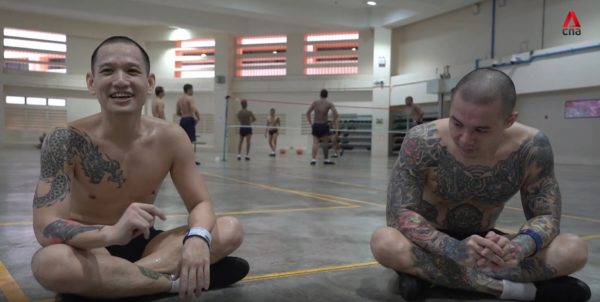
However, activities are basic at best as they are not entitled to any equipment contrary to popular belief. They will have to rely on their body weight as resistance.
Prison officers will also supervise them and call out any wrong behaviour.
Inmates are able to work for snacks & other benefits
Not all of the inmate’s time is spent cooped up in the cell. For some, they are entrusted with various forms of work.
From preparing meals for other inmates to doing laundry and even becoming peer facilitators.
The work rewards inmates with allowances that can be exchanged for items such as snacks and scented soaps.
Inmates who stay trouble-free for a month are also rewarded with 20 points. These points can be exchanged for benefits such as photos, extra visits, and snacks.
Creative inmates fashion tattoo needles & adhesives
As much as inmates want to err on the good side while in prison, some may succumb to their desires from time to time.
But with nothing to work with, they have resorted to creative solutions to meet their needs.
One inmate explains how one can construct a tattooing needle by sharpening staples and coiling a thread around it. The ink is later procured by dissolving charcoal pills that may be requested for inmates who complain of diarrhoea.
Another inmate also shares his recipe for an adhesive that he uses to fashion an additional hook for his cell.
The ‘glue’ is made by mashing rice and water to form a starchy mixture that is seemingly strong enough to hold onto the makeshift hook.
Hope documentary shows the human sides of inmates
The documentary only has 1 episode so far but has already revealed so much about the daily lives of inmates in Changi Prison.
If the teaser for the next episode is anything to go by, this exciting series will be one to look out for in the coming weeks.
Nonetheless, we hope that viewers can feel a semblance of empathy for these folks who are trying to better themselves.
Have news you must share? Get in touch with us via email at news@mustsharenews.com.
Featured image adapted from CNA.
